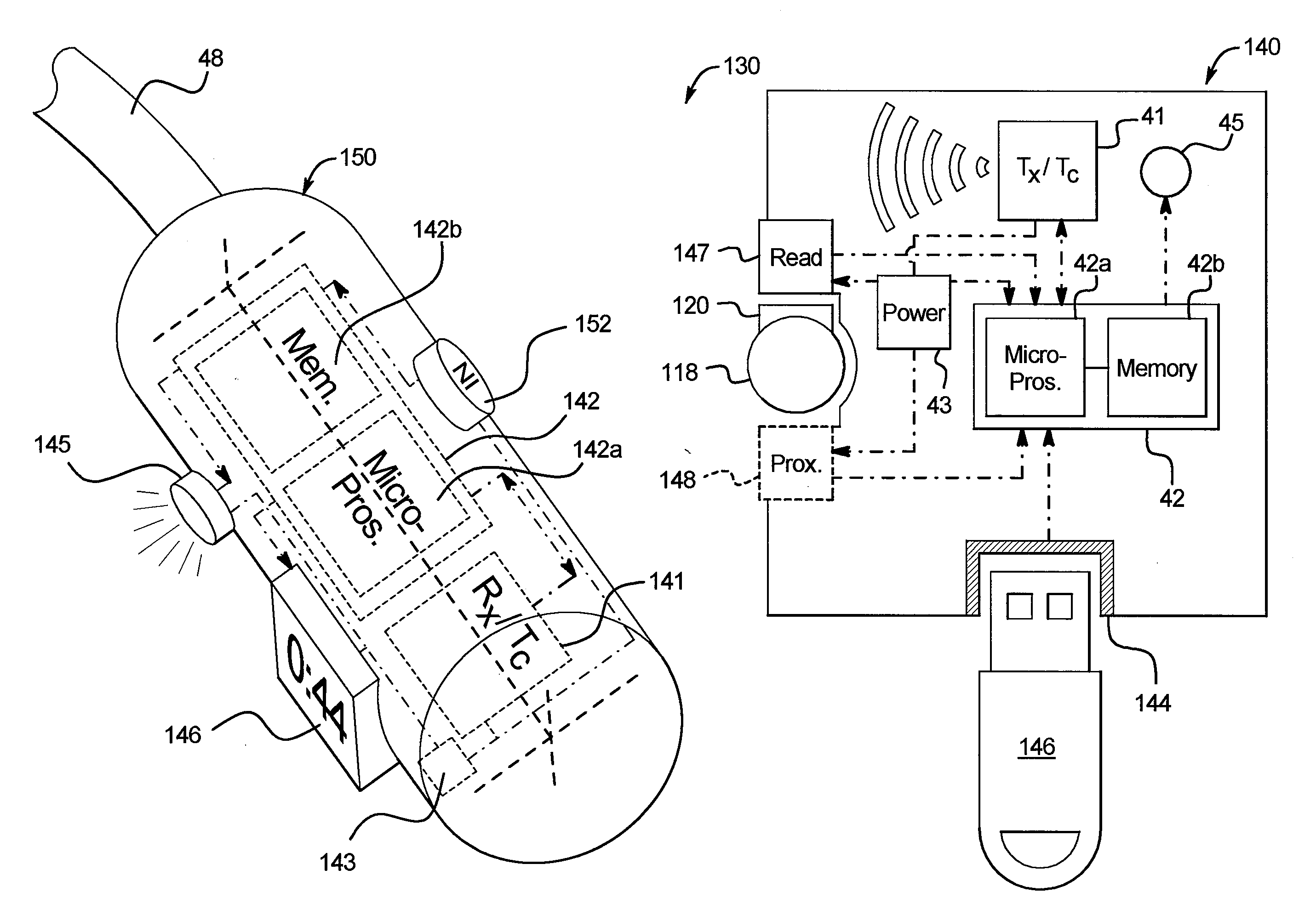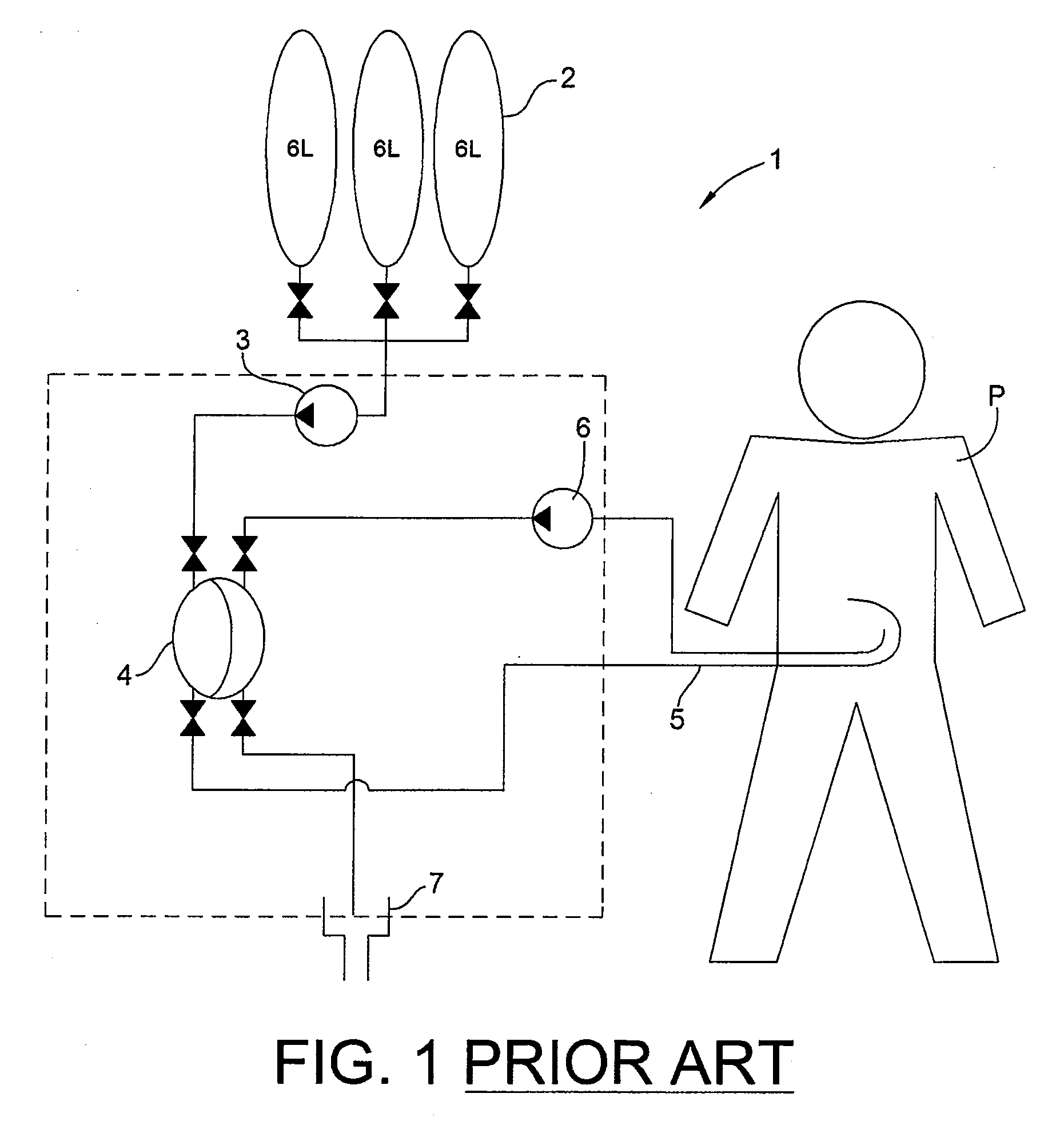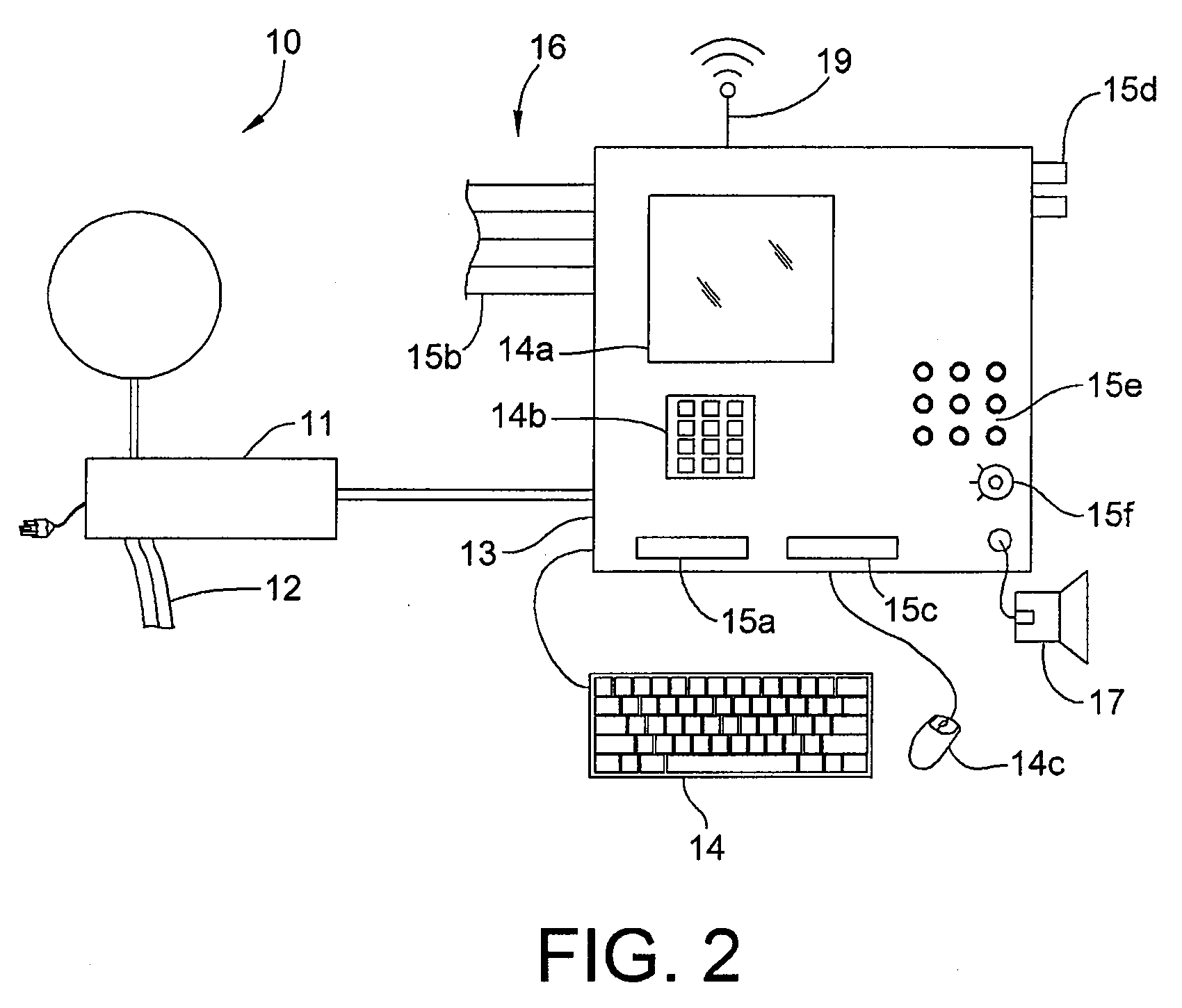Optimizing therapy outcomes for peritoneal dialysis
- Summary
- Abstract
- Description
- Claims
- Application Information
AI Technical Summary
Benefits of technology
Problems solved by technology
Method used
Image
Examples
Embodiment Construction
Optimizing Therapy
[0046]Patients respond differently to peritoneal dialysis. There are a host of variables or parameters involved in peritoneal dialysis. One object of the present disclosure is to discuss these therapy variables or parameters and show how they can be used in tailoring the therapy, and to show how that therapy can be tailored for the best possible outcome for that patient. Optimal execution of peritoneal dialysis therapy can help patients avoid numerous inefficiencies. These inefficiencies include the unnecessary loss of ultrafiltrate due to excessive dwell times, unnecessary carbohydrate absorption from long dwell times, and suboptimal urea (“Kt / V”) and creatinine (“Ccr”) clearances.
[0047]Rather than using a standard 14-15 hour daytime automated peritoneal dialysis (“APD”) regimen, or a standard 9-10 nighttime continuous ambulatory peritoneal dialysis (“CAPD”) regimen, a dwell time is calculated that is better suited to each patient. The dwell time depends on the pa...
PUM
 Login to View More
Login to View More Abstract
Description
Claims
Application Information
 Login to View More
Login to View More - R&D
- Intellectual Property
- Life Sciences
- Materials
- Tech Scout
- Unparalleled Data Quality
- Higher Quality Content
- 60% Fewer Hallucinations
Browse by: Latest US Patents, China's latest patents, Technical Efficacy Thesaurus, Application Domain, Technology Topic, Popular Technical Reports.
© 2025 PatSnap. All rights reserved.Legal|Privacy policy|Modern Slavery Act Transparency Statement|Sitemap|About US| Contact US: help@patsnap.com



